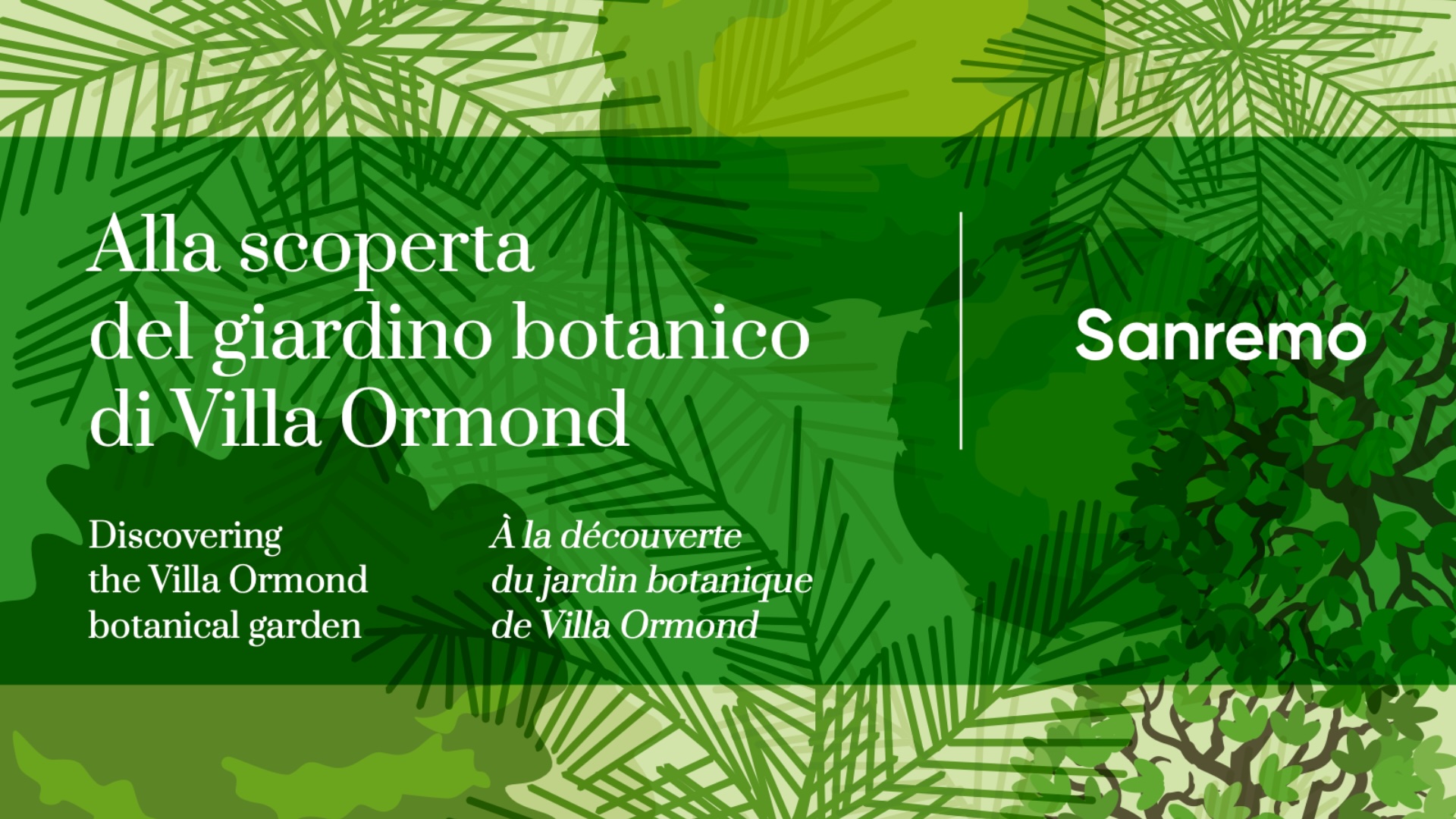The genus is derived from the Latin syagri, a term used by Pliny to refer to the fruits of Mediterranean palms considered to be of poor quality (food for pigs). The specific name romanzoffiana honours the Russian nobleman and patron Nicolas Romanzoff.
| Common name | Palm Queen of Brazil |
| Origin | Palm that occupies large areas of South America: central and south-west Brazil, east Paraguay, north Argentina, east Uruguay and Bolivia. The great diversity of habitats has favoured a multitude of forms. |
|
Description |
Large palm with elegant foliage and markedly exotic appearance. Stem can exceed 10 metres in height, tapering, cylindrical, sometimes with slight tapering at the apex, light grey in colour when young, turning darker with time; slightly rough with annular scars left by old fallen leaves. Long petioles of about 1 metre bear large, long, pinnate, unarmed, flexuous leaves that give the palm a lush appearance. The pinnulae are light green in colour and move at the slightest breath of wind. Monoecious palm producing bisexual, creamy-yellow inflorescences enclosed in attractive, woody spathes, which bear a large number of sweet-sour, pulpy, fibrous, yellow-orange fruits that form rich casques. The light-brown seeds have three opercula grouped at the base, unlike the Butia, which are arranged in the equatorial part of the kernel. Nurseries offer numerous varieties that can differ significantly from what is described, depending on the size of the stipe and leaves, as well as the fruit. It is a beautiful, fast-growing ornamental palm, but requires fertile soil and regular watering. In its native countries, the abundant fruit is used for animal feed, while the stipe is used as carpentry timber. Most of the specimens in the garden were planted between 1999 and 2004. |

